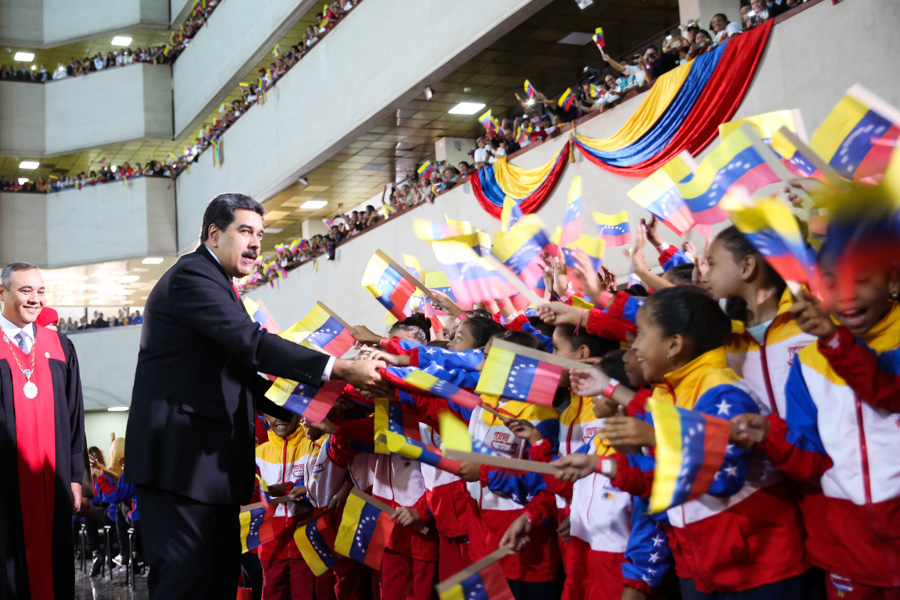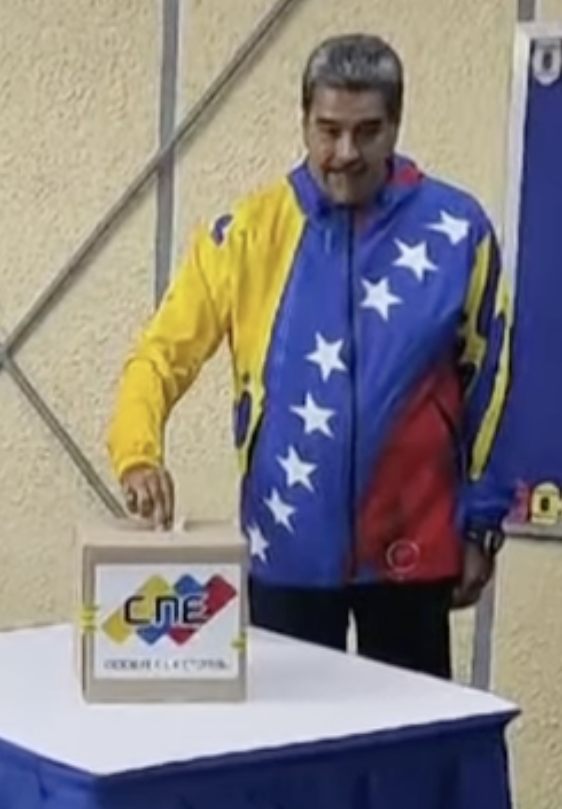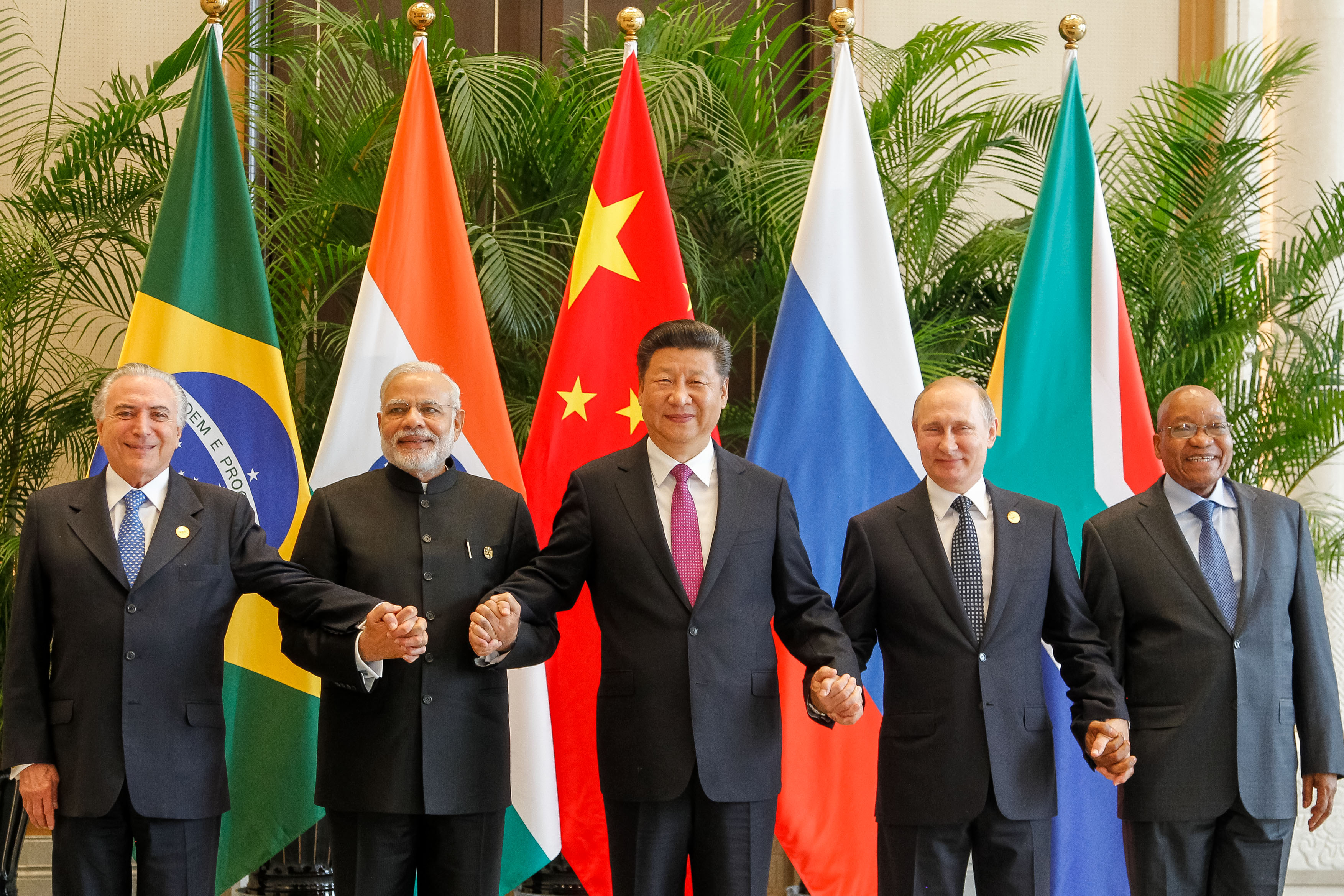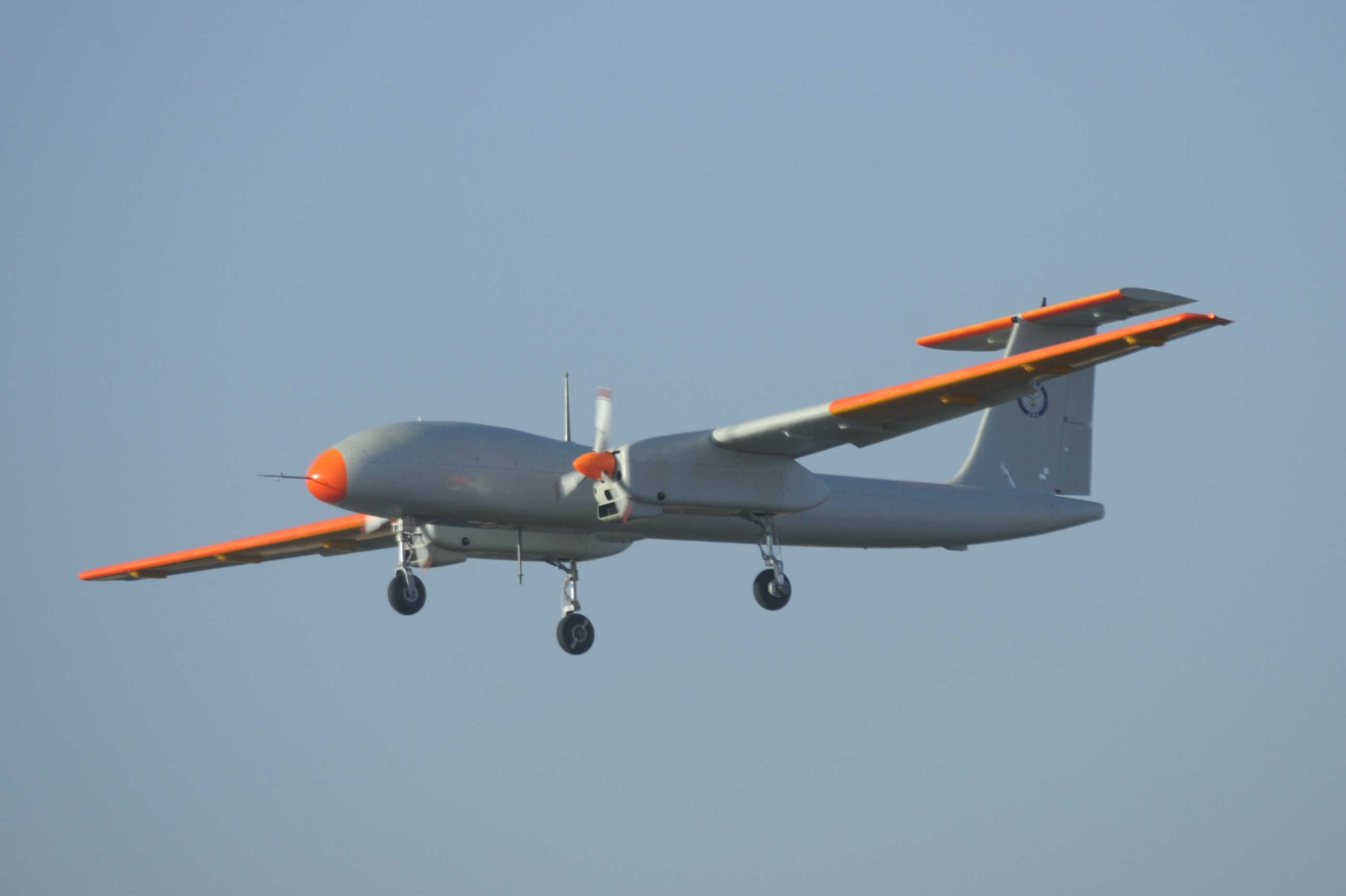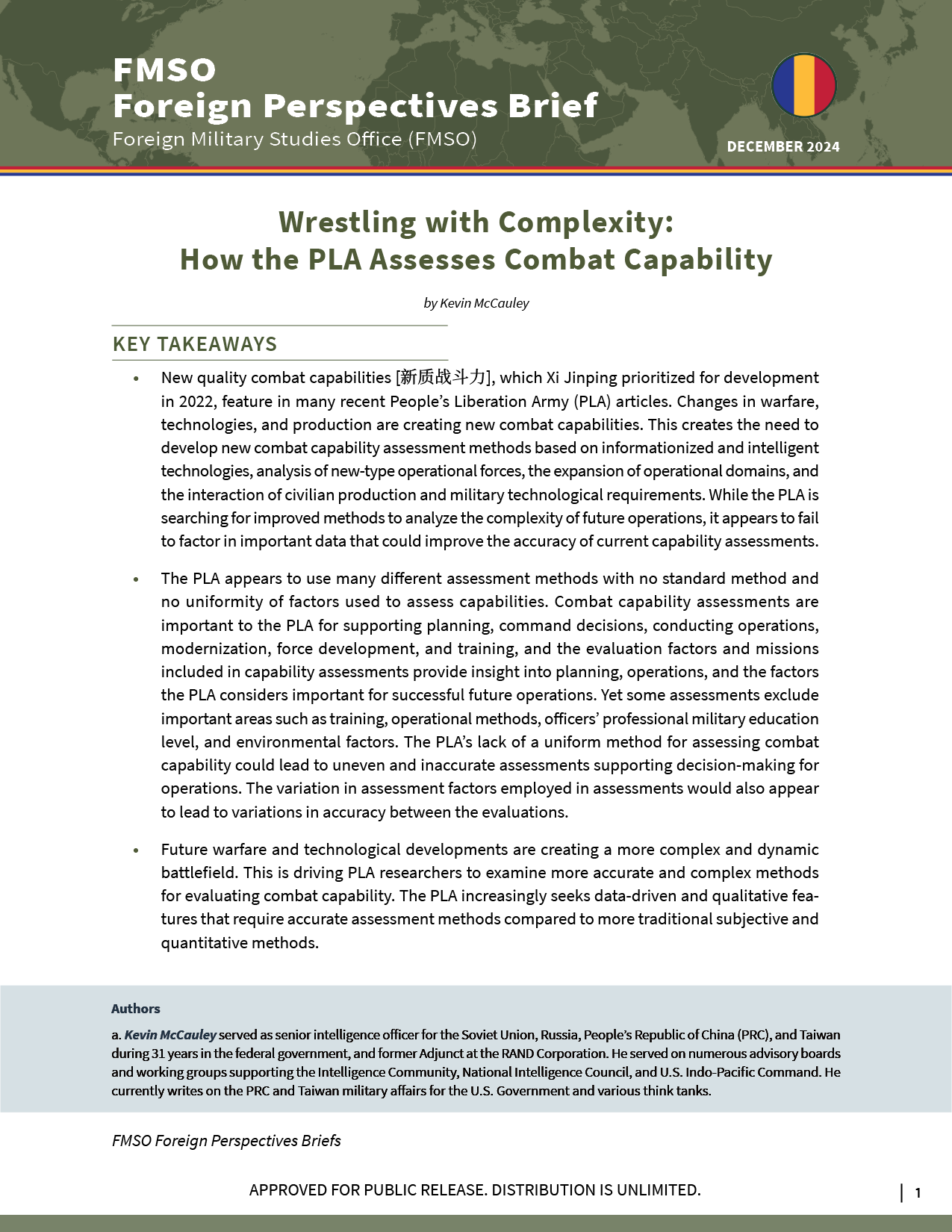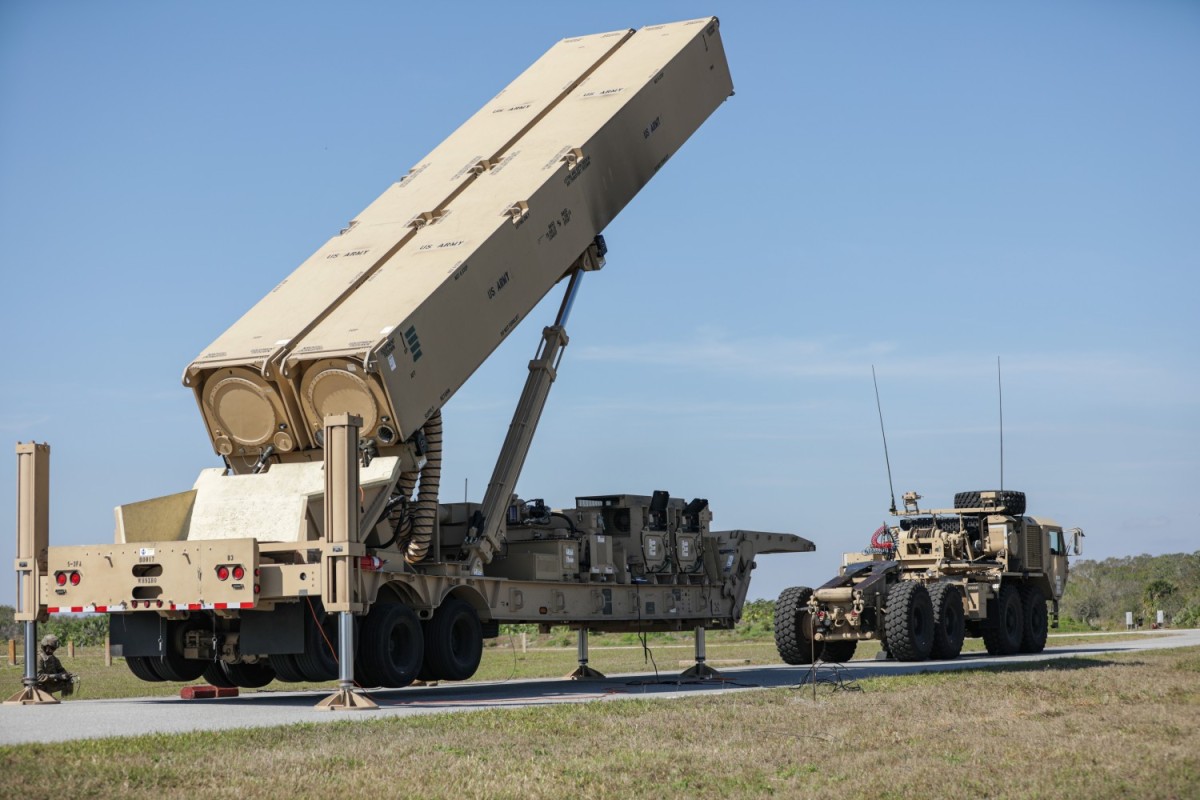It is proposed that the Long-Range Hypersonic Weapon (LRHW) surface-to-surface hypersonic missile be deployed to Germany as part of the U.S. Army’s 2nd Multi-Domain Task Force. Opponents to the deployment of such weapons suggest it will antagonize Moscow and lead to a new arms race.
“Two thirds of those surveyed are against the plans to station long-range missiles and hypersonic weapons in western Germany in 2026. A large majority fear that the stationing could lead to a new arms race and make Germany a target for attack.”
A U.S. and German pronouncement on 10 July 2024 that the United States will start deploying long-range fires units to Germany in 2026 sparked a sharp Russian rebuke. On 12 July, Russian Deputy Foreign Minister, Sergei Ryabkov, made a statement that involved some thinly veiled nuclear threats. [i] These events have spurred debate in Germany about whether increasing U.S./NATO capabilities will make Europe safer or will simply antagonize Russia and start a new arms race.
The accompanying excerpted article from the German political think tank, Stiftung Wissenschaft und Politik, specifically lays out the capabilities of the BGM-109 Tomahawk surface-to-surface missile, the SM-6 ballistic defense missile, and the Long-Range Hypersonic Weapon surface-to-surface hypersonic missile that are proposed to be deployed to Germany as part of the U.S. Army’s 2nd Multi-Domain Task Force. The think tank, which also advises the German government, explains the advantages of deploying the weapon systems and argues against possible concerns. In contrast, the second accompanying excerpted article from the German media company Mitteldeutscher Rundfunk, notes that the German civilian population is highly critical of the decision to deploy these weapons, with citizens expressing various concerns. Of particular note, the article mentions a recent poll that found that two-thirds of respondents opposed plans to station these weapons in Germany. The third accompanying article from the German business newspaper Handelsblatt, lays out some expert German opinions for and against this deployment. It also notes another German poll in which 50 percent of respondents feared that such a force structure increase would further escalate conflict with Russia.
On 1 September 2024, state elections in the German states of Thuringia and Saxony saw significant gains for the right-leaning Alternative for Germany party and the left-leaning Sarah Wagenknecht Alliance party, which both oppose the deployment of these U.S. weapons and disapprove of German support for Ukraine in its current form. These results may be an indicator of the upcoming German federal elections in 2025 and could influence the German position on the stationing of additional U.S. weapon systems.
Sources:
“Große Mehrheit lehnt Stationierung von US-Raketen in Deutschland ab (Large majority rejects stationing of US missiles in Germany),” Mitteldeutscher Rundfunk (German media company), 21 August 2024. https://www.mdr.de/nachrichten/deutschland/politik/mdrfragt-umfrage-ergebnisse-waffen-raketen-stationieren-nato-100.html
Two thirds of those surveyed are against the plans to station long-range missiles and hypersonic weapons in western Germany in 2026. A large majority fear that the stationing could lead to a new arms race and make Germany a target for attack. These are two results of the current MDRfragt survey from Saxony, Saxony-Anhalt and Thuringia with almost 24,000 respondents…
Only one in three believes that the deployment of weapons provides Germany with protection and strengthens its own defense capabilities (31%). A quarter of respondents believe that the US weapons systems could serve as a deterrent (26%).
In recent weeks, several parties have called for parliament to be involved in such a far-reaching decision. More than three quarters of MDRfragt participants also believe that the deployment of the weapons systems announced by Federal Chancellor Olaf Scholz has not yet been sufficiently discussed in politics.
Source: “Gewichtig und richtig: weitreichende US-Mittelstreckenwaffen in Deutschland (Significant and Sound: US Medium-Range Missiles in Germany),“ Stiftung Wissenschaft und Politik (The German Institute for International and Security Affairs), 29 July 2024. https://www.swp-berlin.org/publikation/gewichtig-und-richtig-weitreichende-us-mittelstreckenwaffen-in-deutschland
The German-American plan envisages the deployment of three types of land-based US medium-range weapons in 2026. The first is the Tomahawk cruise missile… Second, the Standard Missile (SM) 6… Third, the Long-Range Hypersonic Weapon (LRHW), also called Dark Eagle…The three missiles will be deployed in Germany as part of the US Army’s 2nd Multi-Domain Task Force. Its core mission is to counter Russia’s anti-access/area-denial (A2/AD) capabilities with new technologies and concepts: In the event of war, Moscow hopes to keep the bulk of NATO forces away from the combat zone along its border by using ballistic and cruise missile strikes to prevent the alliance’s troops from deploying and resupplying, or by forcing NATO to back down with strikes against individual member states. The Alliance could not effectively defend itself against these Russian options with air and missile defense systems alone because Europe’s territory is vast, and comprehensive protection against Russia’s missile arsenal would be too expensive. Nevertheless, with its own medium-range precision weapons, NATO can thwart this Russian plan in two complementary ways….
…Opponents of the deployment plan argue that the US weapons would become targets for Moscow’s missiles, thereby exposing Germany to an increased threat. This narrative must be countered: Although the Kremlin is likely to consider future medium-range US weapons legitimate targets, Putin sees Berlin as an adversary anyway. As a NATO logistics hub with many US bases, Germany is already a priority target for precision strikes if Moscow wants to keep NATO at a distance in the event of war. New US missiles deployed there will not significantly exacerbate this situation.
Another concern is that the deployment of US weapons will force Russia to produce even more missiles and station them in Europe. The result would be an “arms race”. Indeed, the Russian government announced vague military countermeasures during the NATO summit… Nevertheless, due to Russia’s current arms build-up and the sanctions imposed upon the country, Russia’s defense industrial sector is already reaching its limits. Production capacity, skilled labor and financial resources are limited. Therefore, even Russian and US experts who share concerns about an arms race have serious doubts that the Kremlin could launch a missile arms race with new programs in the short or medium term….
Source: “Was für US-Raketen in Deutschland spricht – und was dagegen (What speaks for US missiles in Germany – and what speaks against it),” Handelsblatt (German business newspaper), 20 August 2024. https://www.handelsblatt.com/politik/deutschland/verteidigung-was-fuer-us-raketen-in-deutschland-spricht-und-was-dagegen/100059925.html
From 2026, the USA wants to station long-range missiles and cruise missiles in Germany. Many fear that this could escalate the conflict with Russia. Military experts assess the situation. The USA wants to station Tomahawk cruise missiles, hypersonic missiles and SM-6 anti-aircraft missiles in Germany from 2026. This was announced by the governments of both countries in July on the sidelines of the NATO summit. Many citizens view the plan with skepticism. According to a survey for the Funke media group, 50 percent of those polled feared that this could further escalate conflict with Russia…
When the planned stationing became public knowledge, former SPD party chairman Norbert Walter-Borjans was upset. The fact that “such a far-reaching decision is practically not debated, that it is more or less made and announced unilaterally” is problematic, he told Deutschlandfunk. Walter-Borjans was still in office as party leader when the US announced in March 2021 that it would locate the second of five planned Multi-Domain Task Forces (MDTF) in Germany and opened the headquarters in Wiesbaden in September 2021…
Sahra Wagenknecht, founder of the Sahra Wagenknecht Alliance (BSW), described the missiles planned for deployment as “offensive weapons”. The SPD [Social Democratic Party] executive committee, however, sees things differently: The planned deployment is “not a confrontational build-up of arms, but a strengthening of our country’s defense,” it says in the three-page letter in which the executive committee recently backed Chancellor Olaf Scholz’s decision…
What is the rule now, an offensive or defensive weapon? Both. Military expert Carlo Masala from the Bundeswehr University recently said in an interview with Handelsblatt that the cruise missiles and the hypersonic missiles still under development are designed to destroy command centers, bases or supply lines far behind the front in the event of a Russian attack. This is intended to make it impossible for the enemy to expand its attack over a large area. But if it realizes that it cannot win a major war, it will probably not attack at all, argues Masala. That is why the weapons serve as a deterrent and a defense.
FDP leader Christian Lindner recently told the newspapers of the Funke media group that Germany has been within range of Russia’s nuclear-capable missiles for years. “That is why it is of paramount importance for us to establish a balance of deterrence.” For example, Russia has stationed Iskander missiles in the Kaliningrad exclave and in Belarus, which carry nuclear warheads and can reach Berlin. But the balance called for by Lindner is not to be achieved through nuclear weapons. The weapons planned for stationing would be “equipped with conventional warheads,” says the SPD presidium paper. “There are no plans to arm the systems with nuclear weapons.”
Federal Defense Minister Boris Pistorius (SPD) is calling for a public debate “to make the seriousness of the situation clear…On one hand, we are experiencing a new threat situation in Europe due to Russia’s aggressive behavior, and on the other hand, we have a capability gap that we can only close in the short term with the help of our US allies until we have developed these weapons ourselves,” he emphasized…
Security expert Claudia Major from the German Institute for International and Security Affairs (SWP) recently wrote in a guest commentary in the Handelsblatt that the Europeans lack their own land-based missiles with which they could reach Russian territory. From Major’s point of view, the planned stationing of the missiles could even help to make a nuclear escalation less likely. In the event of an attack, they would give NATO additional options for action short of a nuclear counterattack, writes the SWP expert…
Notes:
[i] See: “Special op experience shows Russia needs clearer nuclear doctrine — diplomat,” TASS (Russian news agency), 12 July 2024. https://tass.com/politics/1816259
Image Information:
Image: It is proposed that the Long-Range Hypersonic Weapon (LRHW) surface-to-surface hypersonic missile be deployed to Germany as part of the U.S. Army’s 2nd Multi-Domain Task Force. Opponents to the deployment of such weapons suggest it will antagonize Moscow and lead to a new arms race.
Source: https://upload.wikimedia.org/wikipedia/en/c/c4/LRHWfirstThunderBoltStrike.jpg


